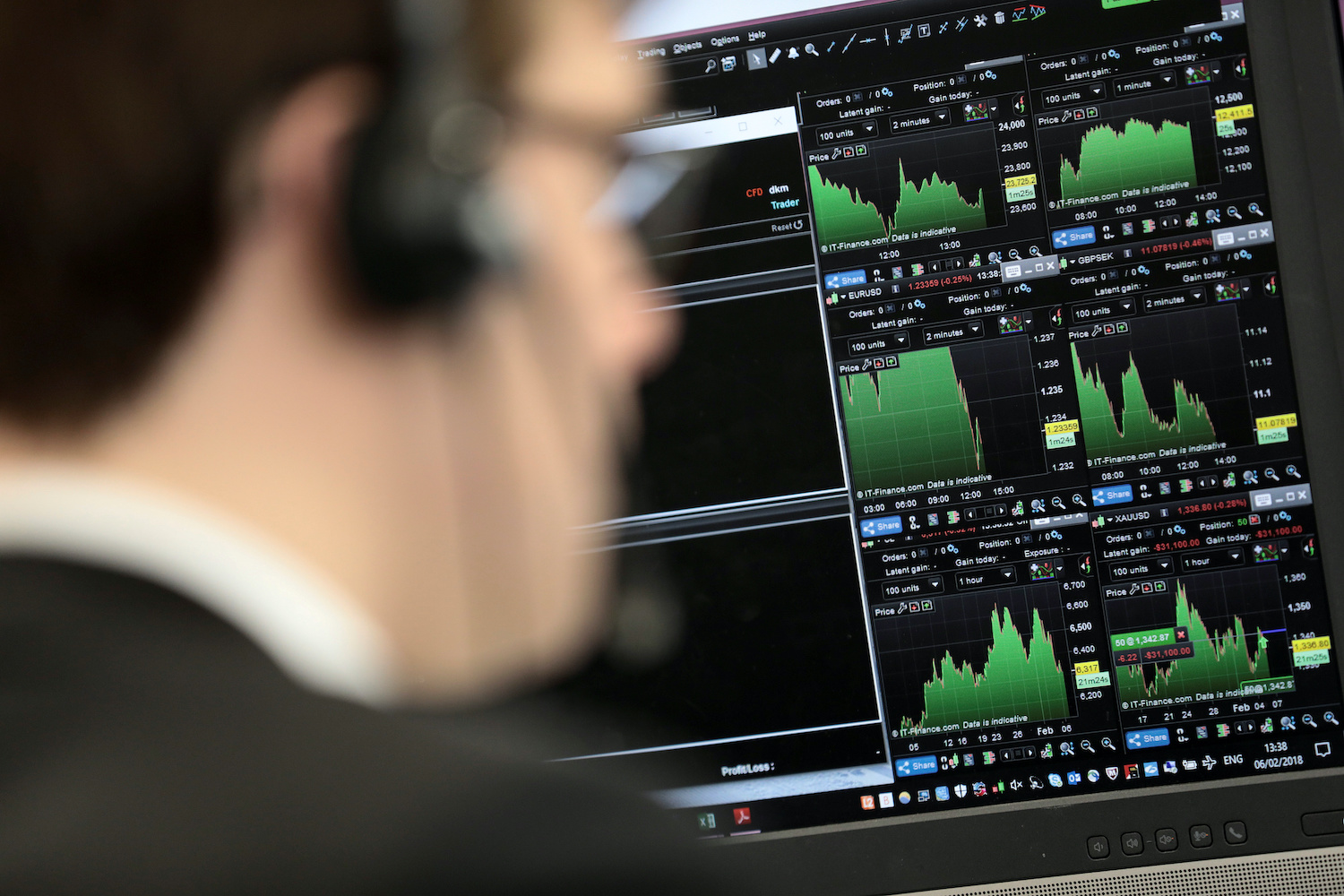Arijit Das has already had varied career as a quant – from consulting, trading and investing. Two years ago he moved to the sell side to oversee model validation and model risk at a leading US bank and, here, he shares his insights on his working life
What was the catalyst behind your move into quantitative finance?
During my time at business school I found interesting similarities between the concepts and frameworks used in physics to those used in quantitative finance.
I read up further and learnt that the field of quantitative finance was indeed ‘created’ by ‘rocket scientists’ in Wall Street – physicists and mathematicians who joined Wall Street in the 60s and in the subsequent decades. That got me hooked.
When I started working in finance, my experience with real-world applications in quantitative finance only reinforced my interest in this area and led me to my career.
Also on AF: Huawei launches homegrown mobile phone system
You have had an interesting career trajectory, why did you decide on your latest role in banking?
If there’s one thread that runs across my career trajectory, it’s been the intense use of maths and mathematical modelling in finance – be it trading and investing where I created models to profit from the markets, to my current role where I use it to identify, measure and mitigate model risk.
In my opinion, this underlies the fact that mathematics, and broadly speaking, some other highly numerate fields like physics, have a lot to offer to the industry in terms of cross-pollination of ideas, and essential skills picked up in these fields could be applied across different areas in the financial industry.
In the post-global financial crisis era, managing risk is more important than ever for all banks. What drew me to model risk, in particular, is that it not only focuses on the mathematical modelling, but also requires one to think more holistically in terms of the risks that a model can pose to a bank.
What’s a typical day like for you?
In my current role, a typical day is a mixed bag of various seemingly disparate but interconnected things. It involves overseeing model risk for the models that my team are working on, and liaising with colleagues globally to ensure that we continue to keep our eye on the ball for model risk, but also to see how we can prepare better for the future, eg, with the aid of emerging techniques such as artificial intelligence (AI).
It also involves hiring top talent from the industry and internal talent development – ensuring that my team is abreast of the latest quantitative techniques.
What in particular is interesting about AI?
The use of AI across various industries, including finance, has been growing over the last few years. With increasing digitisation there is a flood of alternative data that is getting created.
On the other hand, computing power has been increasing at a fast pace over the last several decades. The combination of these two makes AI powerful and all industries will want to leverage on AI to make smarter analytical decisions.
What do you enjoy and dislike most about your work as a quant?
“God gave all the easy problems to the physicists” is a famous quote by noted American sociologist James March. The reason why I am quoting it here is because I think it captures my thoughts when it comes to thinking about what I think most quants find challenging in their role as a quant.
Quants often like to deal with a ‘clean, well-defined problem which they capture in the form of equations. The real world we live in and the businesses we deal with are, unfortunately, far too complex to be captured in simpler equations.
Quants often find this challenging. There’s not much they can do about it and yet they need to grapple with it every day. However, on the brighter side, I like that as a quant working in my industry I get a lot of flexibility to use the latest emerging technologies and techniques, unlike say an academic with similar training in handling ‘clean’ problems in academia.
What in your opinion are the skillsets that are required to be successful in quantitative finance?
It is essential that one is proficient in the troika of mathematics, programming and finance to pursue a career in quantitative finance. However, we deal with people and not machines, so it is an equally important skill to be able to articulate complex ideas to a wider audience in order to be successful in this area.
You previously earned the Certificate in Quantitative Finance (CQF). Where did the CQF add value in your career path?
The CQF has been immensely instrumental in my career path. While I was equipped with mathematics, programming and finance skills through my university training in physics and finance, the CQF has some of the world’s best practitioners within its faculty who provided the perfect learning opportunity to thread together all these different areas.
What I found most appealing about the CQF is its focus on continuous learning and constantly evolving syllabus to incorporate the latest techniques to fit the needs of the industry.
How important is continuous learning for you to achieve your career goals?
Professionally, I believe, we inhabit a world which is not only ever changing but also one, where the pace of change has accelerated over the past few decades, aided by advances in technology. Continuous learning is essential to ensure that our skills are relevant to the world of today and continue to remain so in the one we’ll inhabit tomorrow.
- Arijit Das is the Head of Model Validation & Model Risk, India at a leading US bank.






















